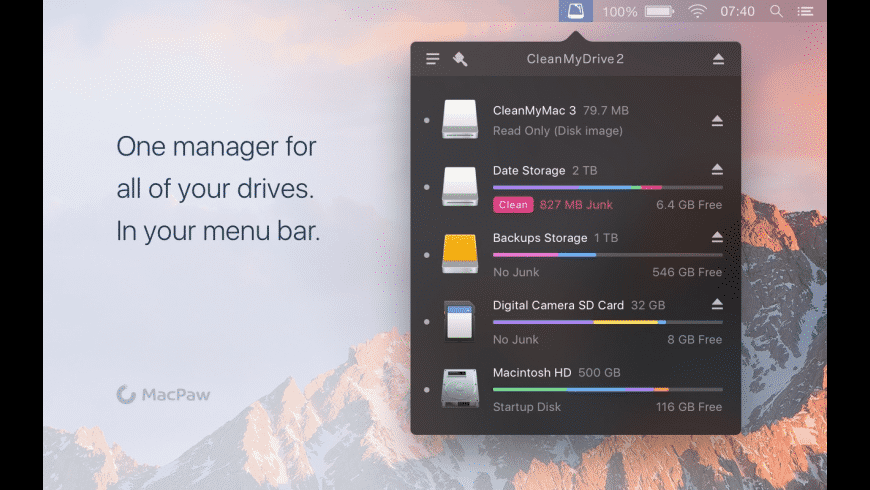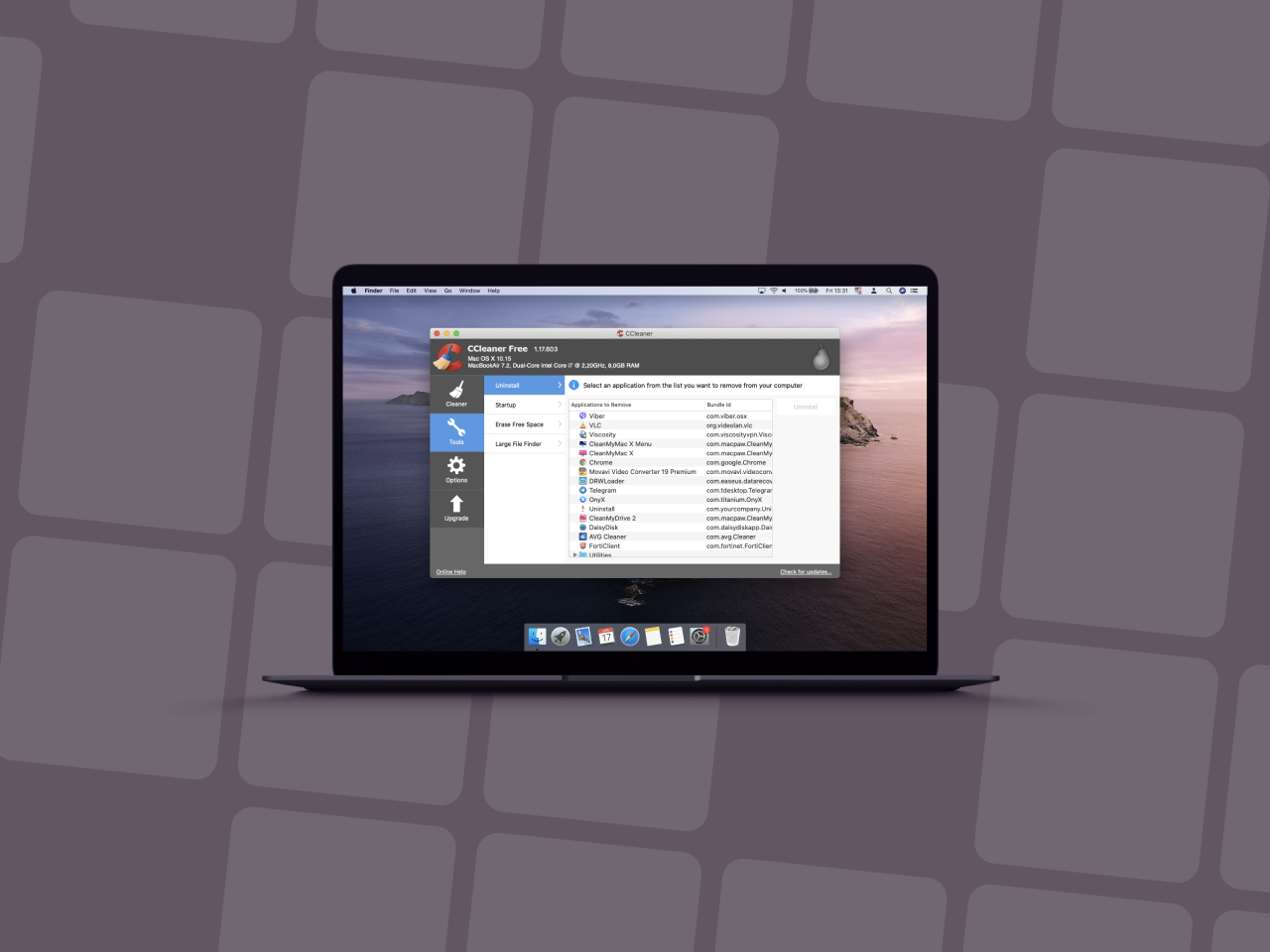

After using these keyboard shortcuts for some time, you might get used to it so much that there’s no stopping you from accidentally delete items that you still need.Īside from the obvious Documents and Download folders, another target that you should regularly clean is the Desktop. Then use Command + Shift + Delete to empty the Trash.īut please be careful in using the combination.After selecting the files and folders that you want to delete, use Command + Delete to send them to the Trash.You can speed up these deleting and emptying process by using keyboard shortcuts: The other half is regularly emptying up the trash since your Mac won’t clean up the trash unless you told it to. This second step is implemented to make sure that users can recover accidentally deleted files from the trash.


However, this is just half of the battle. You can do this by dragging and dropping them into the trash. So, the first things to do is to delete unused files and folders. Verdict:Ī handy enough tool for keeping tabs on junk on your external drives – just a shame you don’t get to see exactly what gets cleaned.Some say that the rule of thumb to keep your system running smoothly is to let at least 15% of your storage free.
Cleanmydrive 2 review update#
With this update CleanMyDrive is completely ready for macOS Sierra. One extra bonus: you can quickly copy files to your external drives by dragging them into the program’s menu bar icon, then dropping them on to the icon of the drive you wish to copy them to. There’s also an option to change the disk icon, but this involves additional purchases ($2.99 each) for icon sets. More options for interacting with each drive by clicking the settings button that appears to the left of it: automatically clean the drive every time it’s ejected, prevent it from being ejected, hide it from view and – a scary feature – erase it completely. _MyPhoto.jpeg, and anything in the Trash that hasn't been emptied. fseventsd, Windows Service files (Thumbs.db, RECYCLED, RECYCLER, $RECYCLE.BIN), resource forks like. Dig deep in the CleanMyDrive website and you'll discover the files it looks for include OS X Service files like. Once you click the button, they’re removed – whatever they are. And here’s another limitation – you can’t review what files have been found, never mind keep any of them. If the app detects junk files, a red clean button appears underneath the drive in question. It’s also worth noting that the program will only check drives 64GB or smaller for junk by default – open its preferences via the menu button and use the slider to increase this limit as far as you want. This is where CleanMyDrive’s main limitation comes into play: its cleaning tools only work with externally mounted media – namely, drives attached via USB, Thunderbolt or Firewire. Click a drive icon to open it in Finder, or click the eject button to safely remove it.

The space is colour-coded – roll your mouse over a colour to see what it represents.
Cleanmydrive 2 review free#
Once done, you’ll see a summary of all internal, external and network drive contents appear, complete with a list of free space. The first time you launch it, you’ll have to grant access to each of the drives attached to your Mac before it can poll them for information. Click it to get an at-a-glance view of your drive stats. Once installed, CleanMyDrive resides in your menu bar. CleanMyDrive offers a fully automated solution that covers all externally connected drives – USB, Firewire and Thunderbolt – and throws in a few bonus tools along the way. Staying on top of your system’s junk can be difficult at the best of times.


 0 kommentar(er)
0 kommentar(er)
